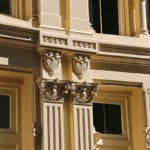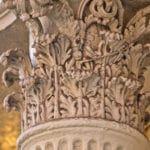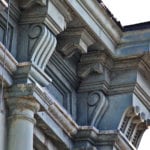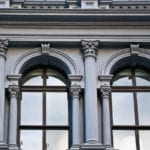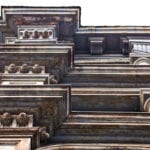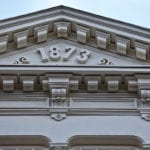an intimate look at new york soho's cast iron facade ornament, vaulted sidewalks and informational plaques
This entry was posted on October 5 2016 by Eric

a visit to new york city always presents a welcome change, to throw into relief the day-to-day documenting and salvaging of chicago's demolitions, and provide a more relaxed experience of mid-19th century ornamental cast iron architecture filled with manufacturer markings to later research. a lengthy stroll through the dark and narrow canyons flanked by walls of iron was rife with opportunities to capture even the most minute architectural details in the form of cast iron builder plaques, ornamental elements of facades, and glass vault lenses underfoot- all pieces that contribute to a palpable sense of the area’s distinctive and impressively intact historic fabric found only in new york.
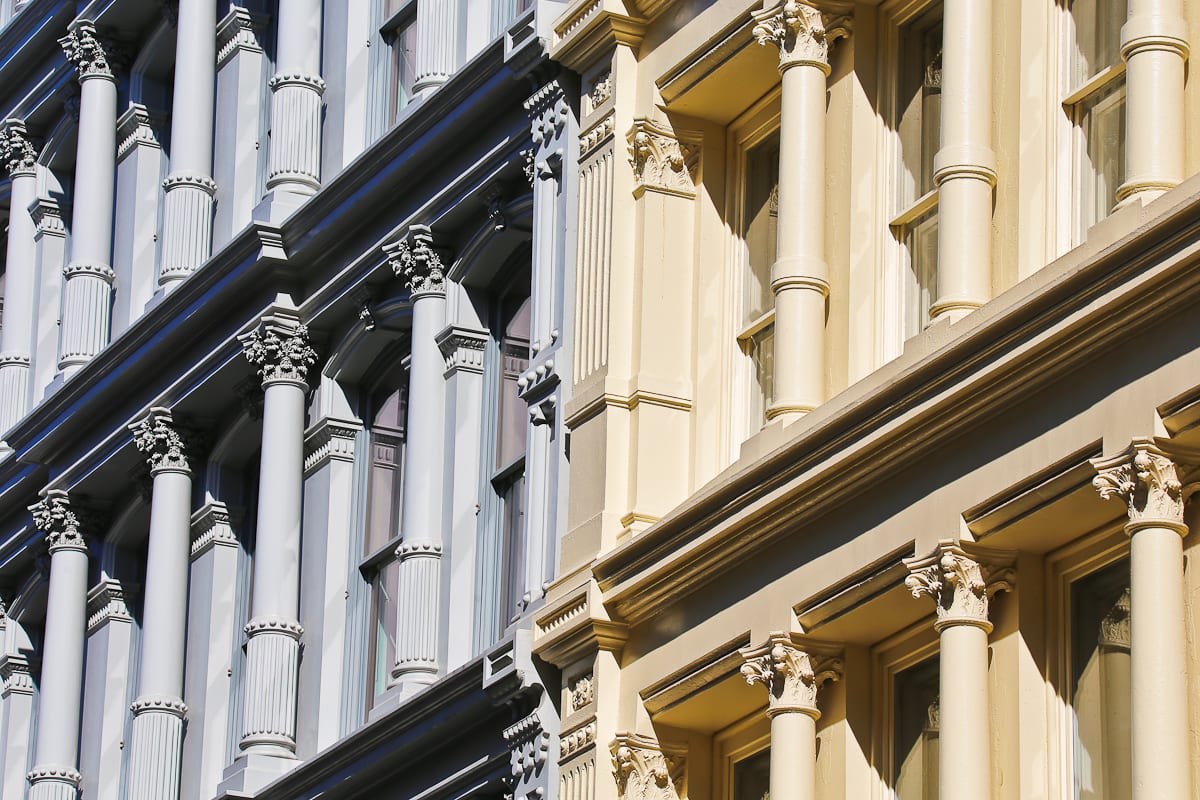
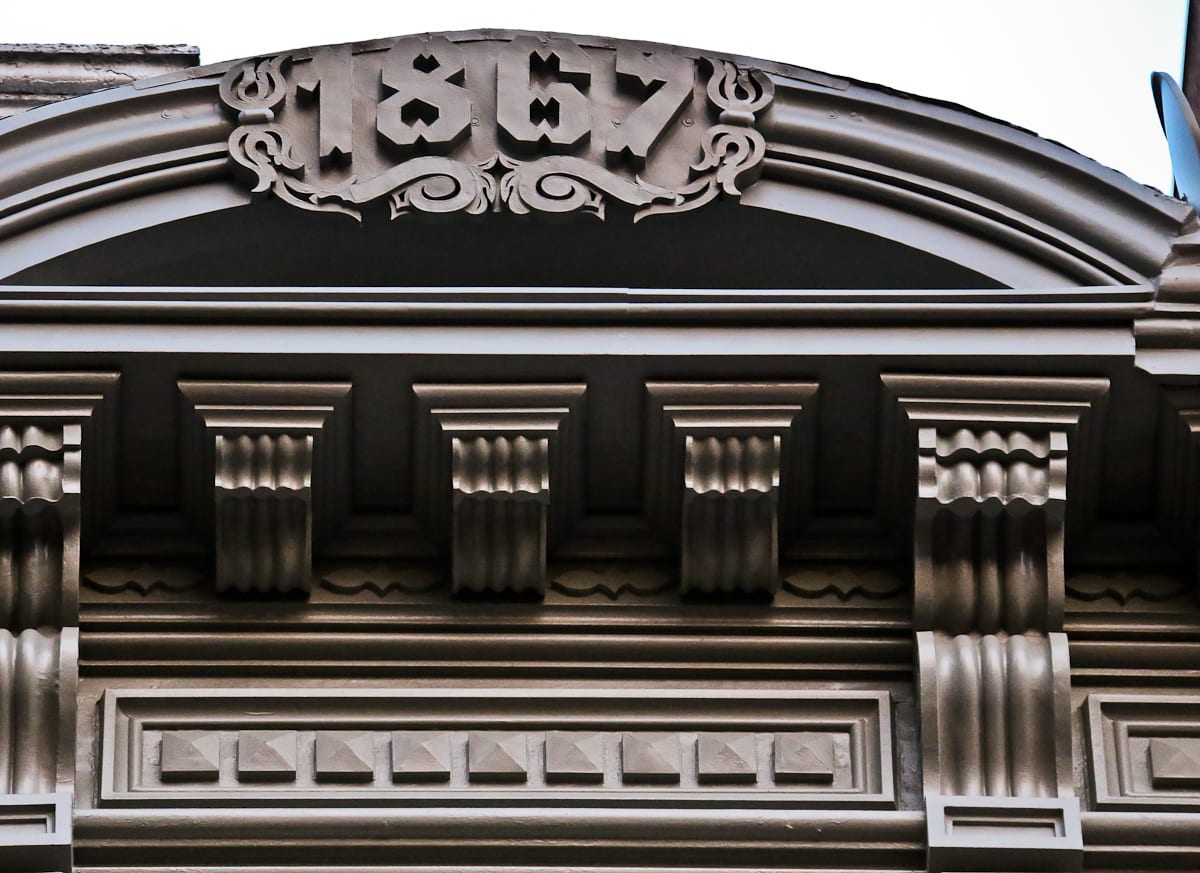
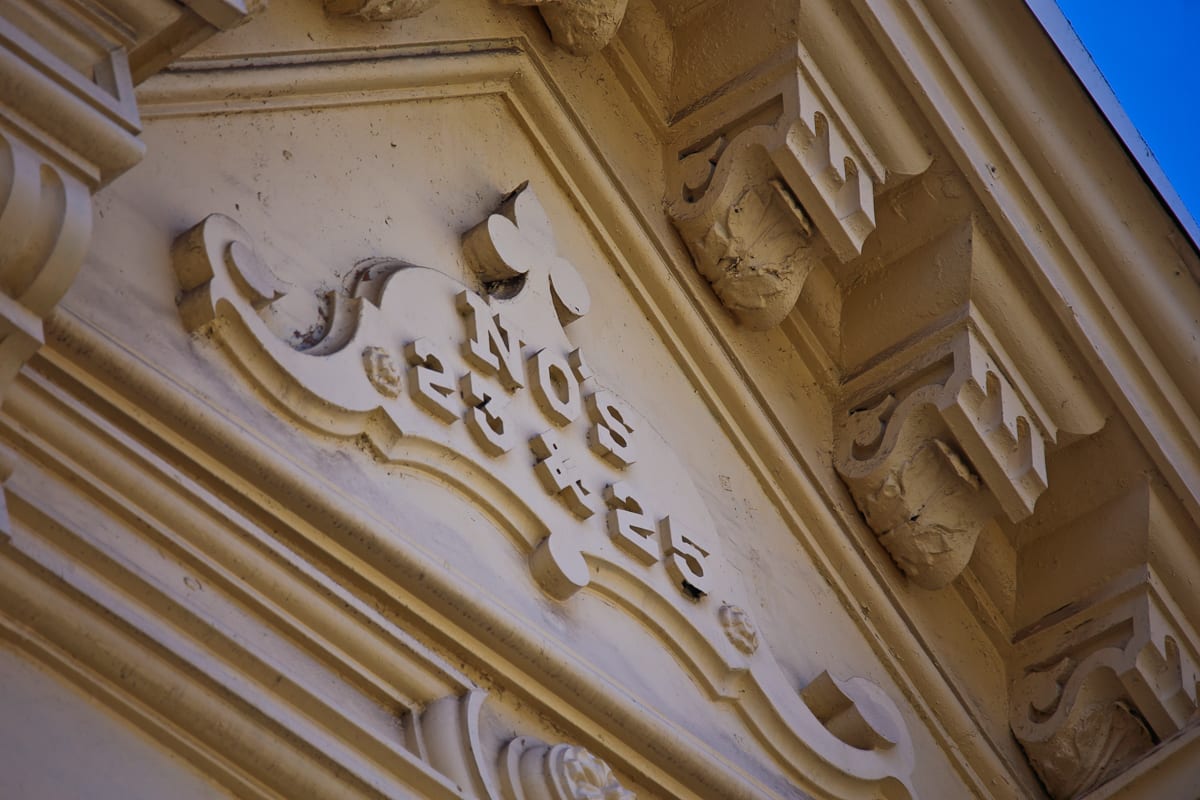
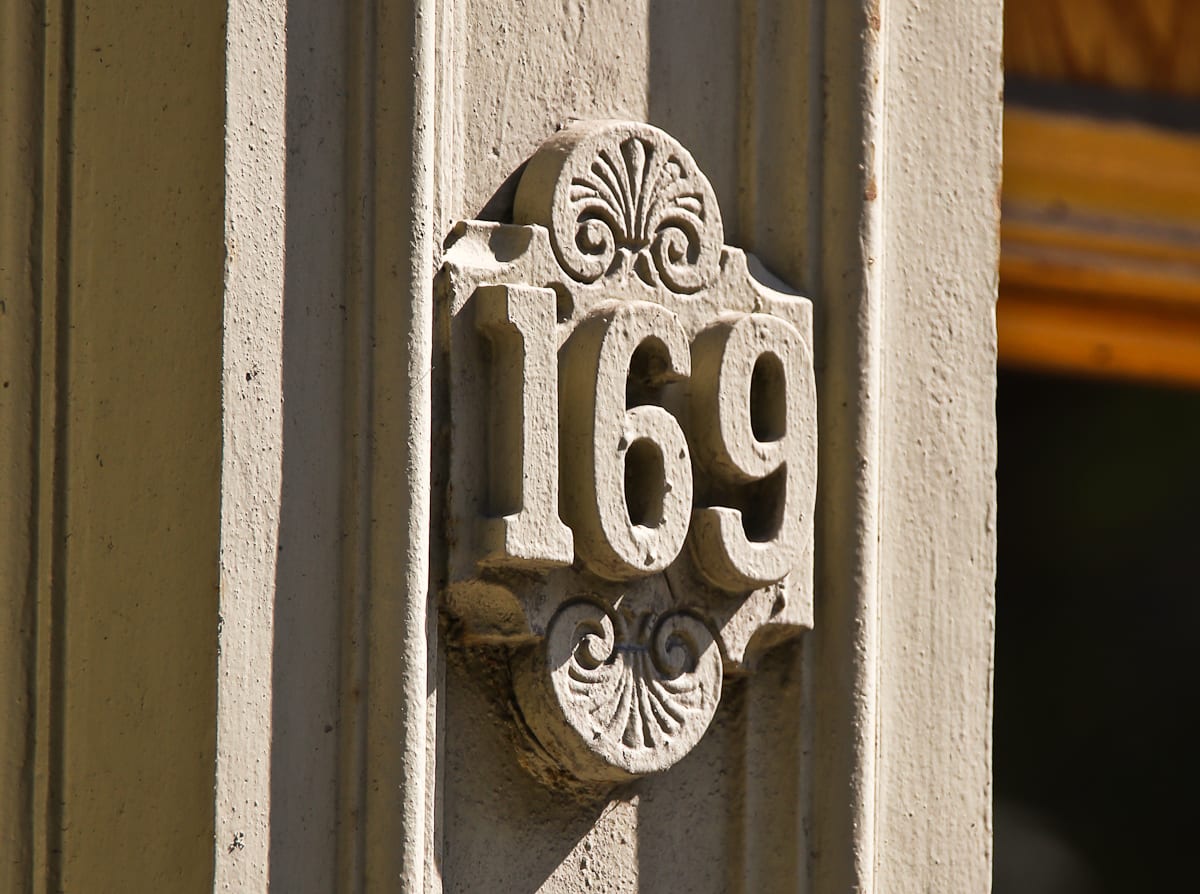
for one thing, the many single-sided iron plaques, address markers and various informational signs allow one to literally read the 19th century souls in these structures. while the district might continue to transform, its buildings will continue to attest to the past that created them, a former era grafted onto each façade by way of foundry stamps on cast iron buildings. names like “lindsay & graff ” or “s.b. ferdon iron works” gesture toward the web of industry that arose around cast iron architecture from the 1850’s-1890’s, and which formed the district’s reputation as the cast-iron capital of the world.
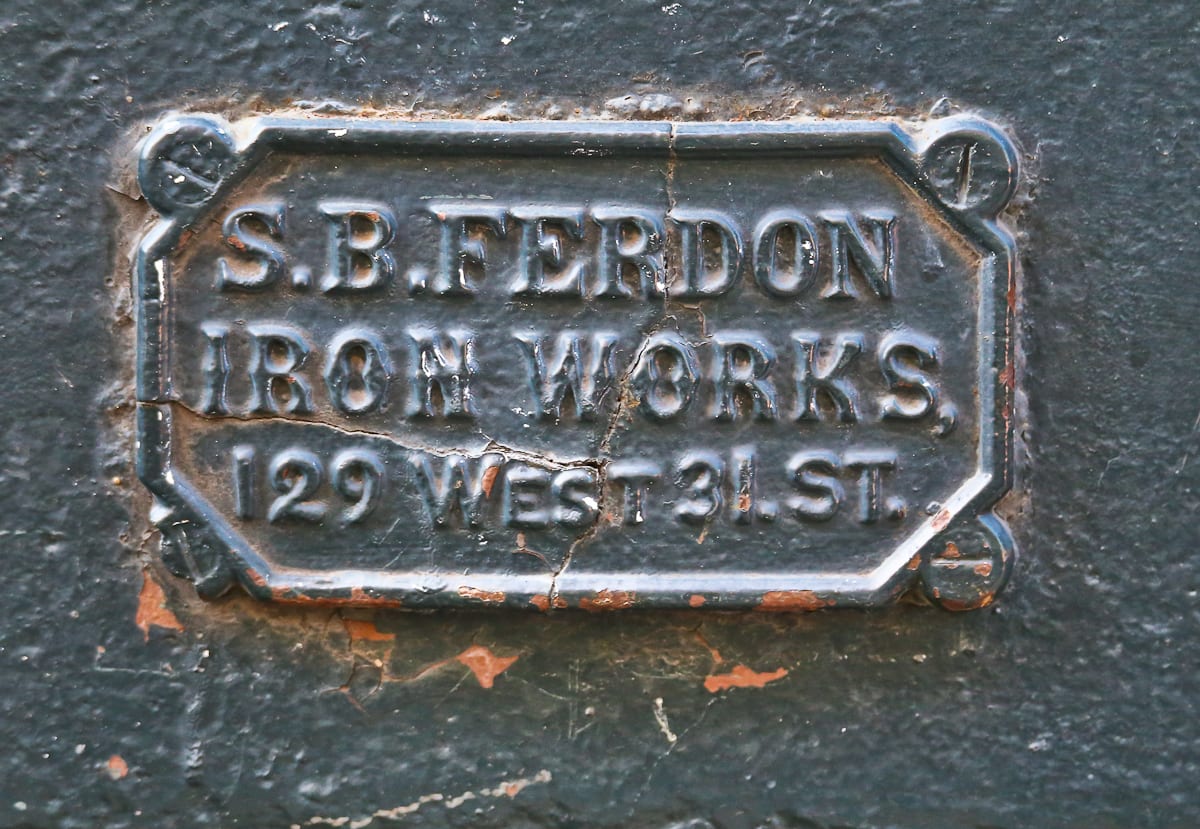
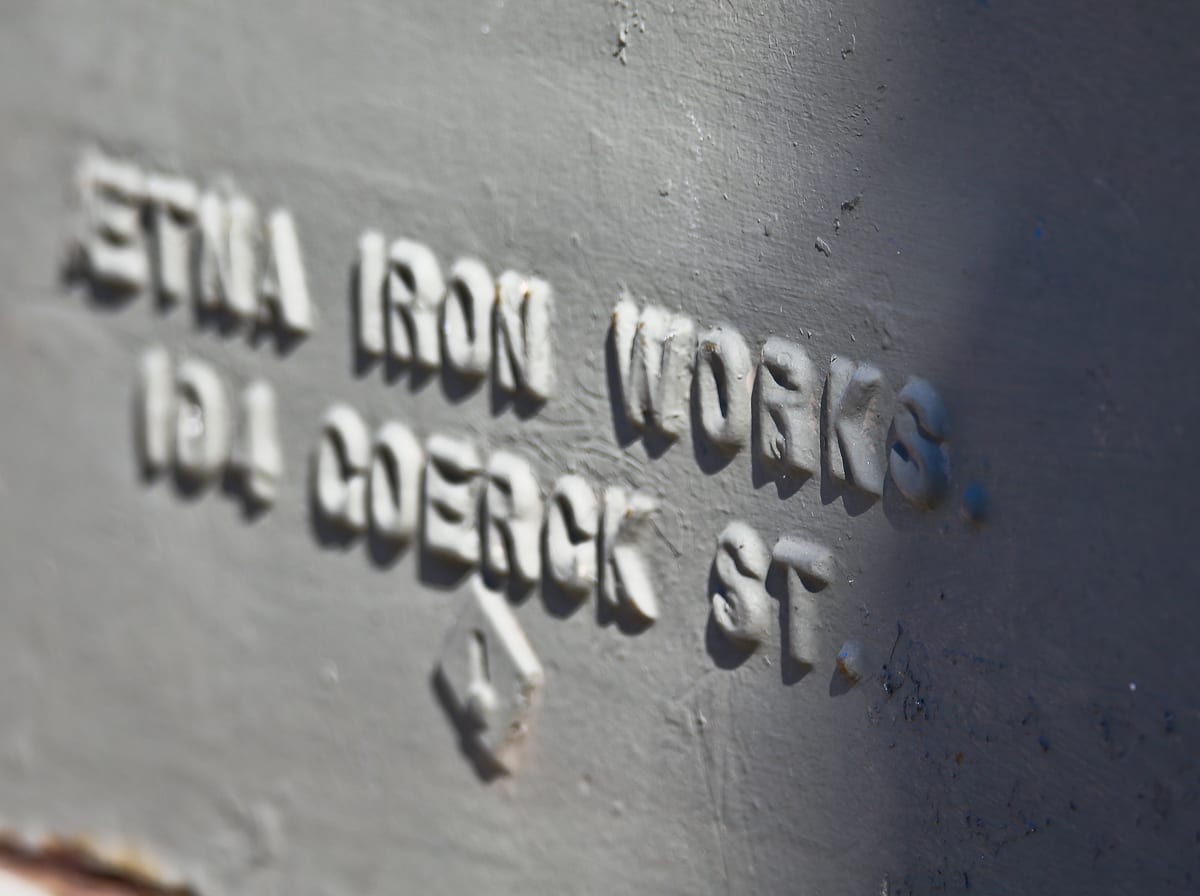
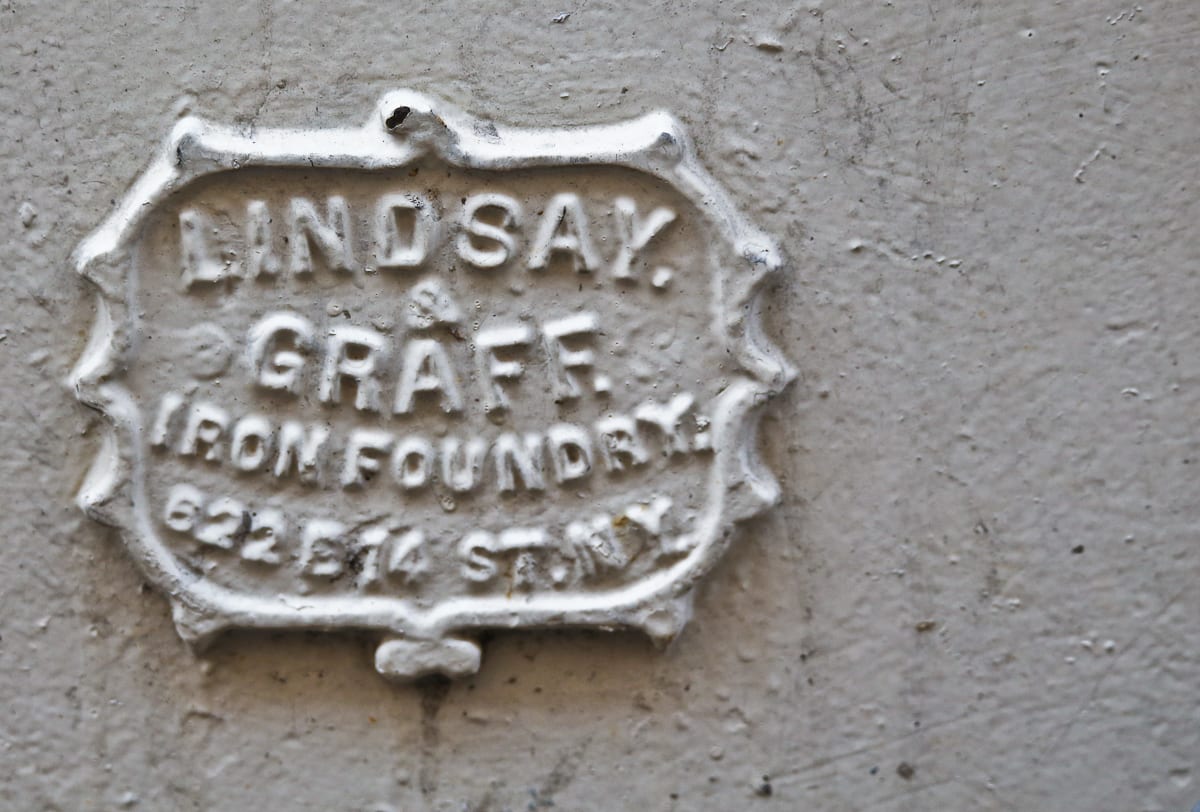
the metal lent soho’s structures many qualities- fire resistance, height, thinner walls and bigger windows. cast iron allowed for quick production of iron units and ornament which would have been considerably more expensive executed in stone. in tandem, the architecture incorporated glass bricks and vault lighting meant to penetrate into the inner reaches of the building. before the introduction of electricity, basement factories and hollow areas beneath the sidewalk were illuminated by this feature of urban architecture, which utilized thaddeus hyatt’s 1845 patent of fitted, clear glass lenses set within cast iron panels.
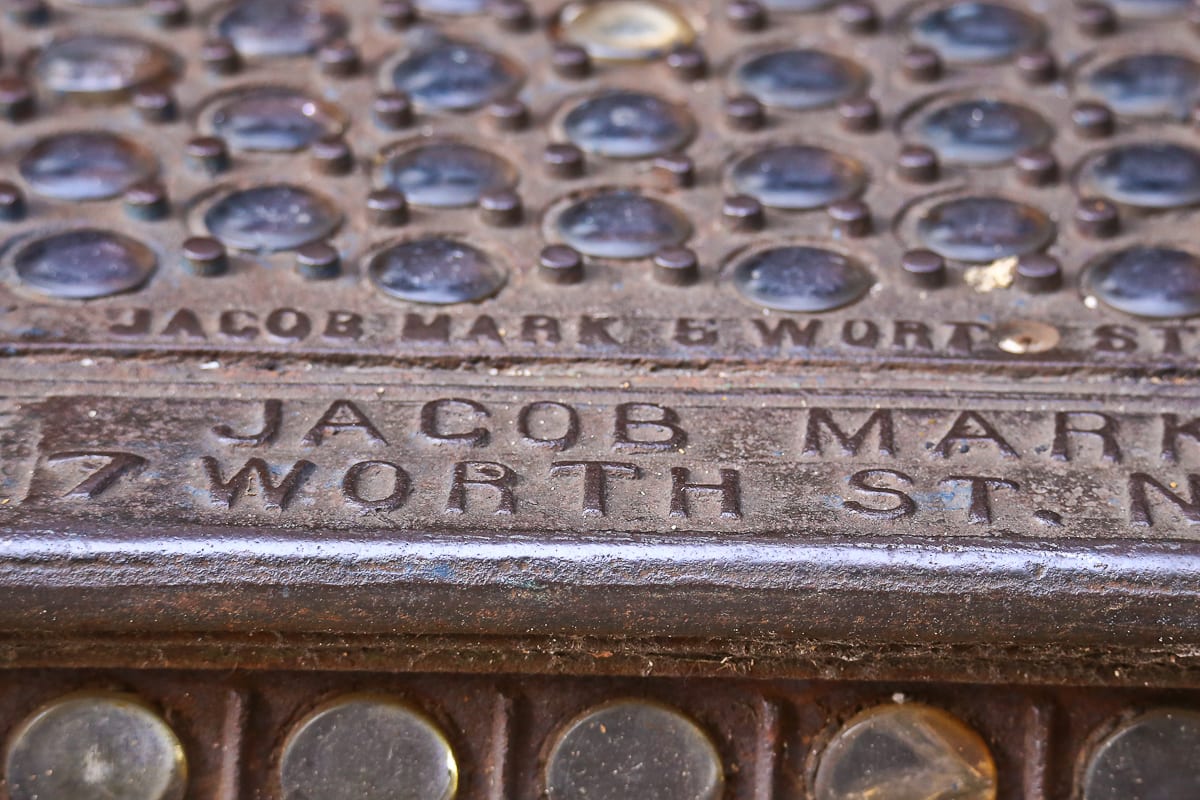
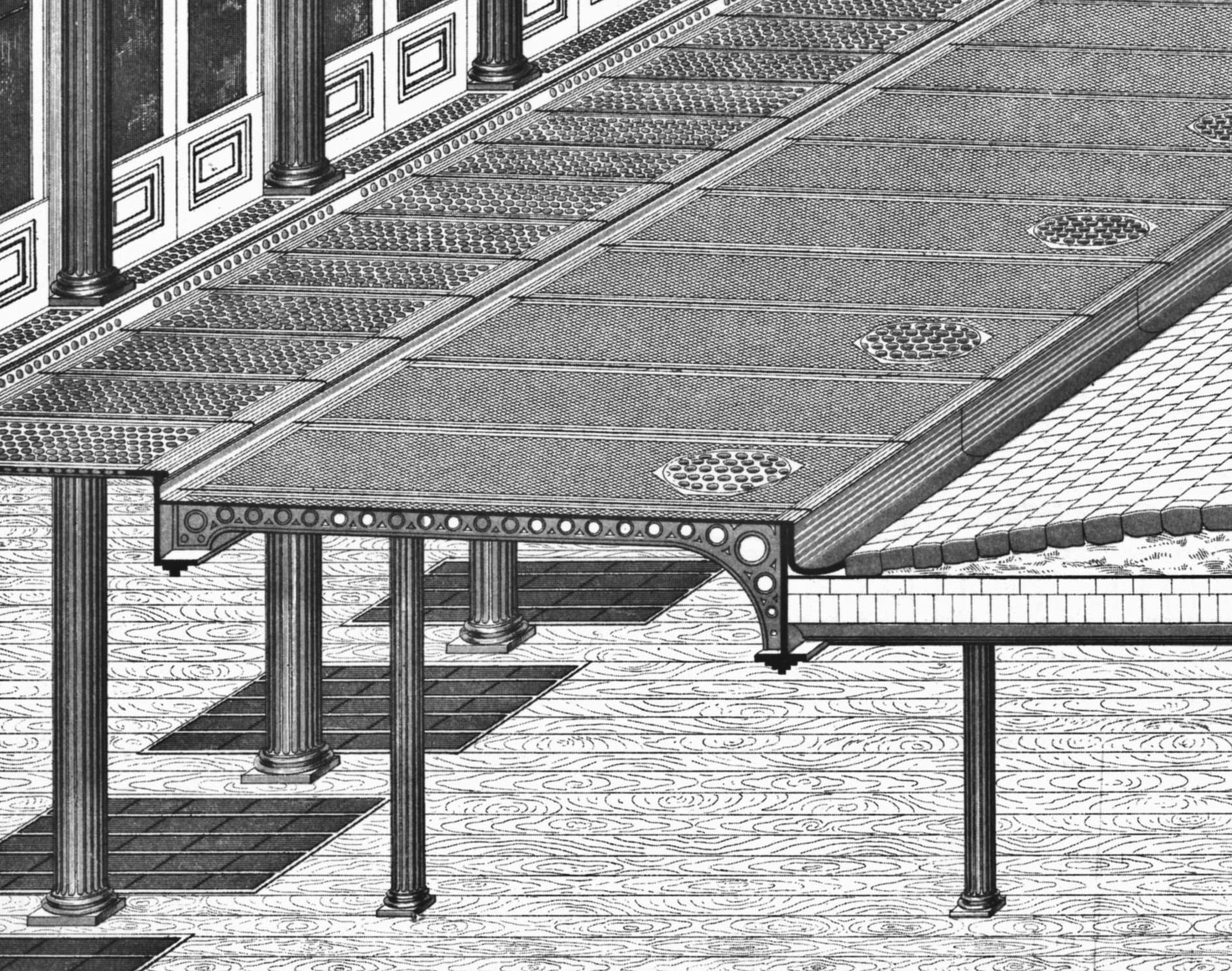
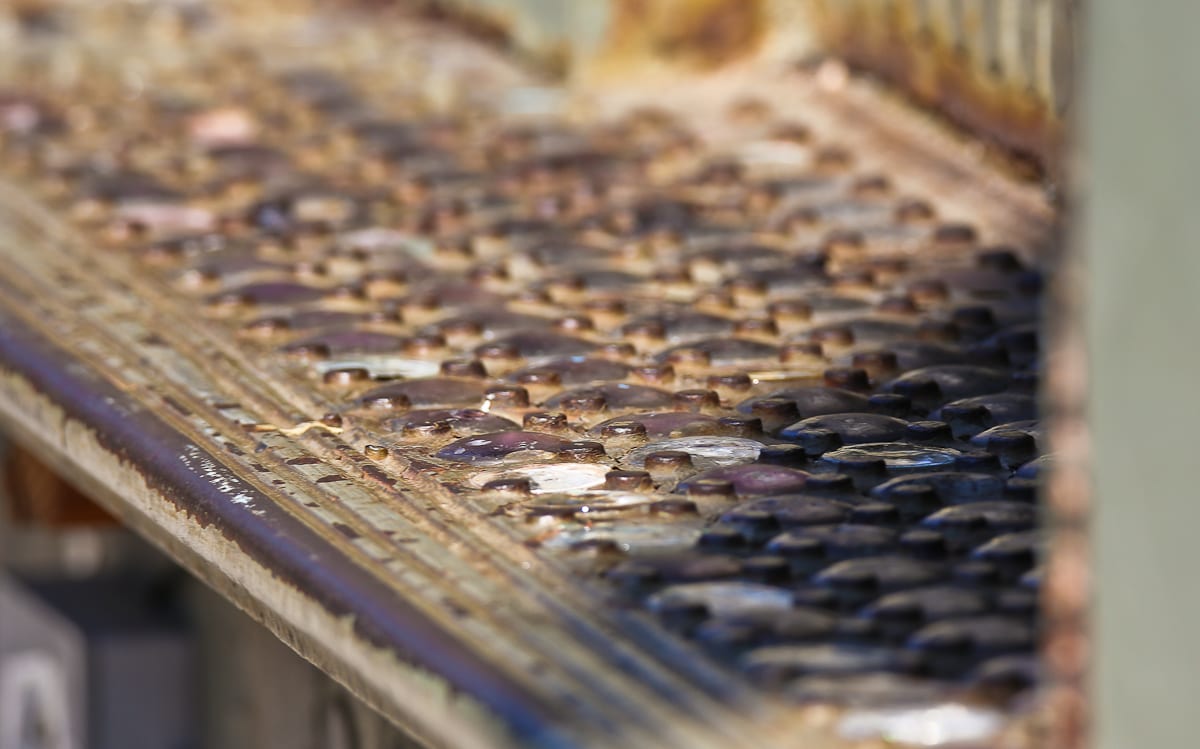
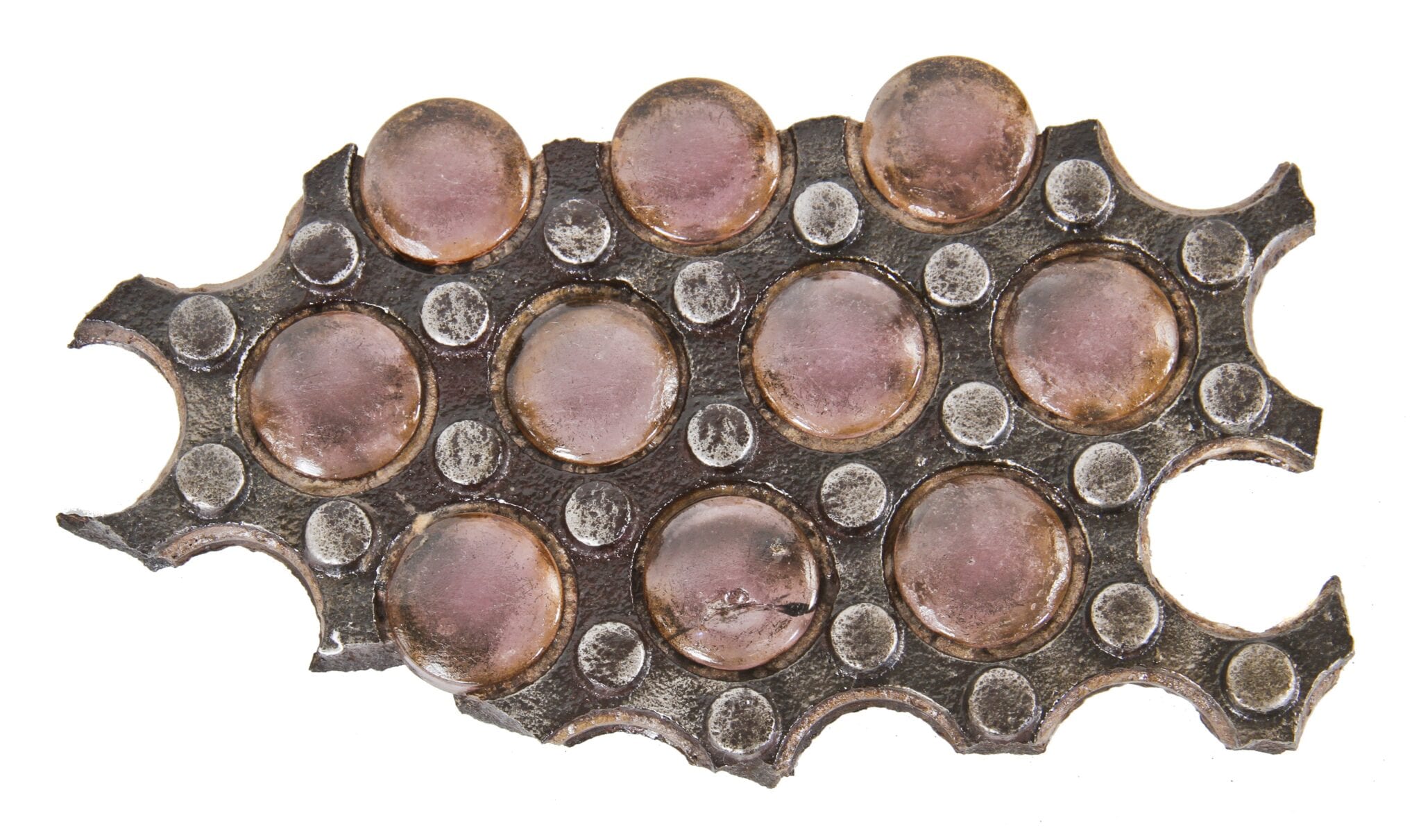
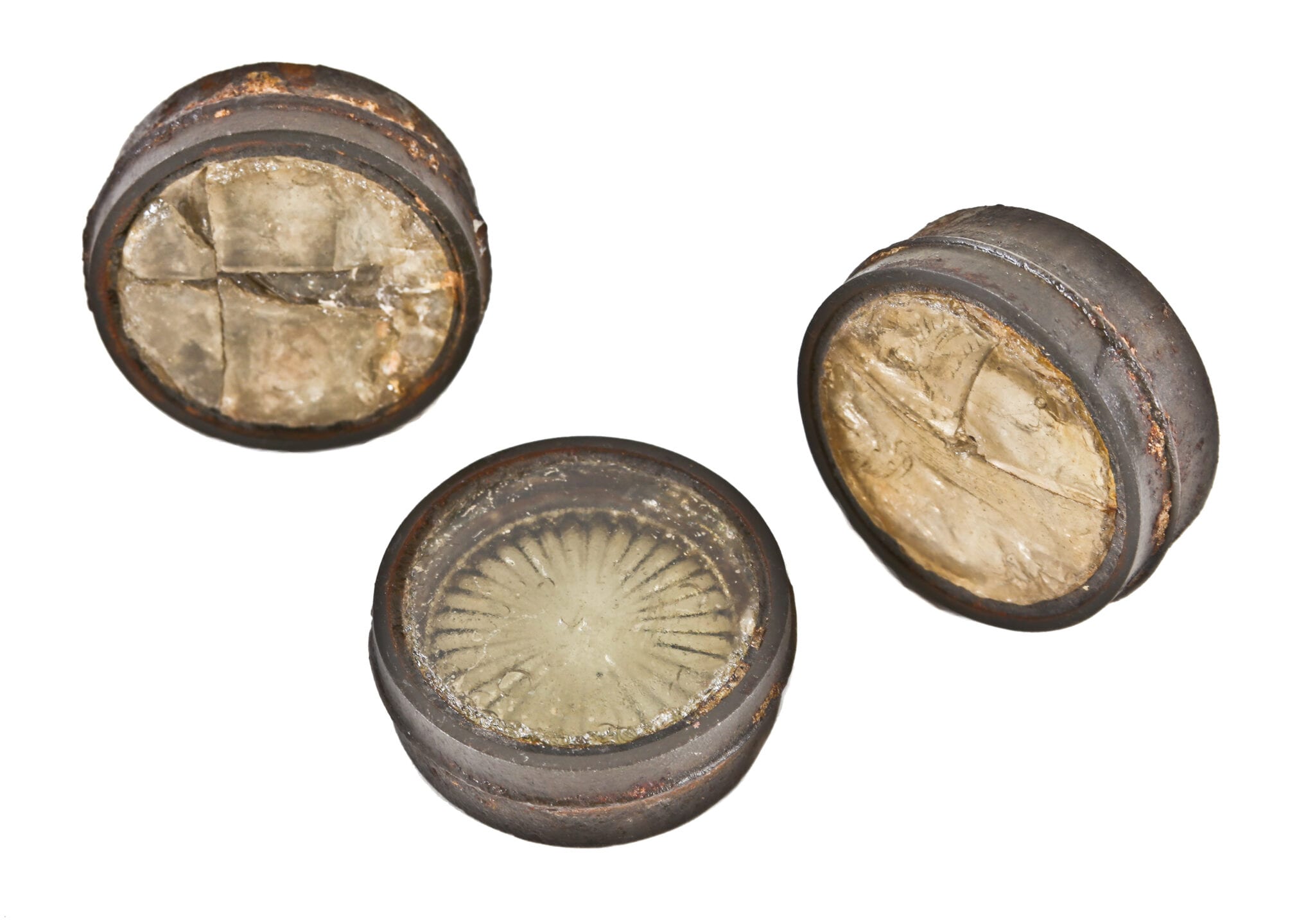
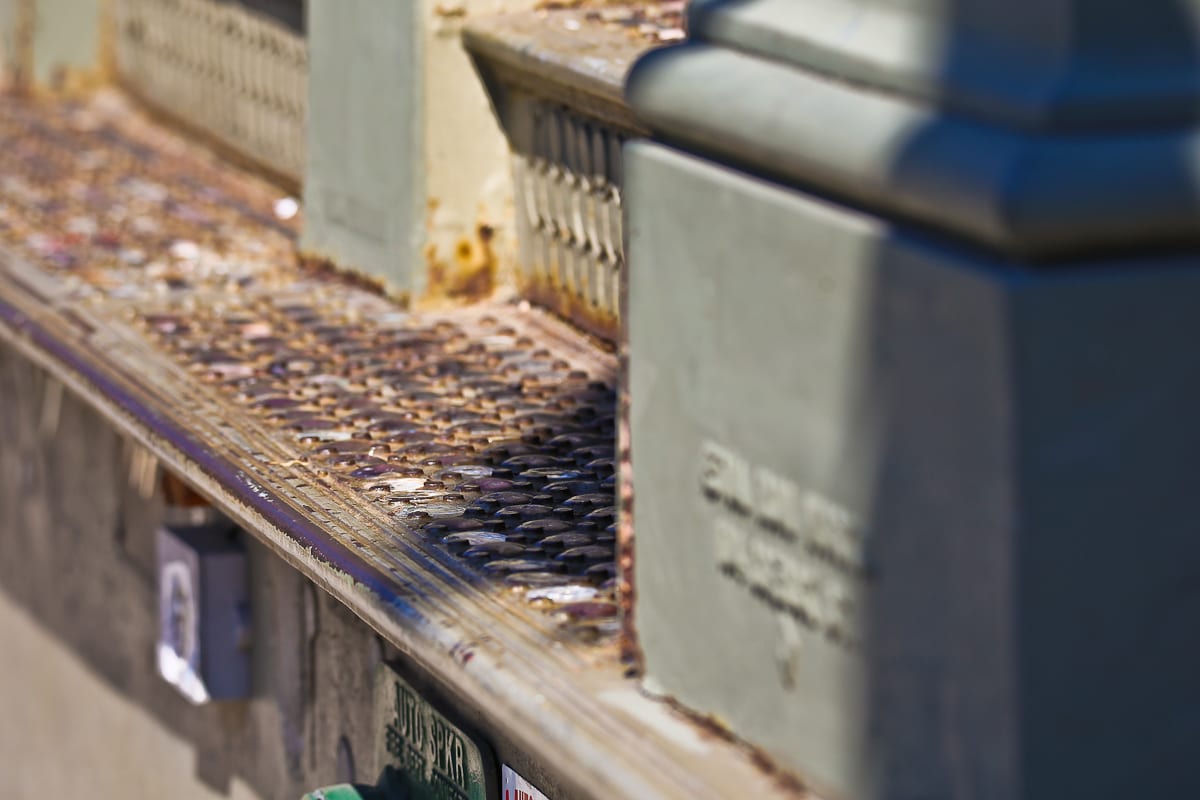
the invention reflects the movement people in an increasingly dense city, where vault lights served as a porous membrane between the surface street life and basements below ground, which often extended beyond the buildings footprint to contain extra work or living space. from the 1850’s on, vault lights became more common in the manufacturing districts of cities in particular, improving the working conditions in basements. still the vault lights that once improved soho’s textile factories and commercial lofts have naturally become an antiquated feature, largely a vestige protected by the neighborhood’s historic status.
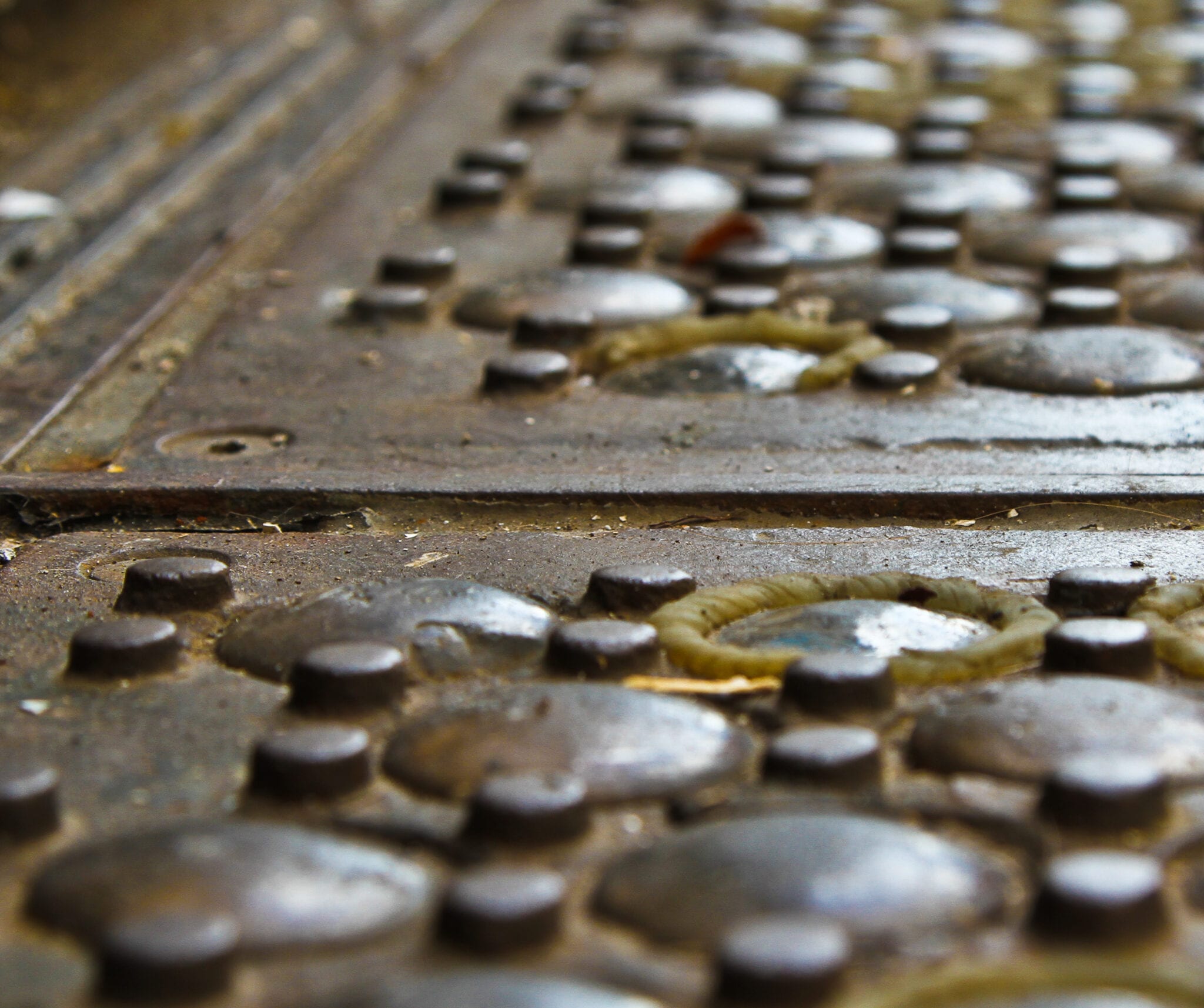
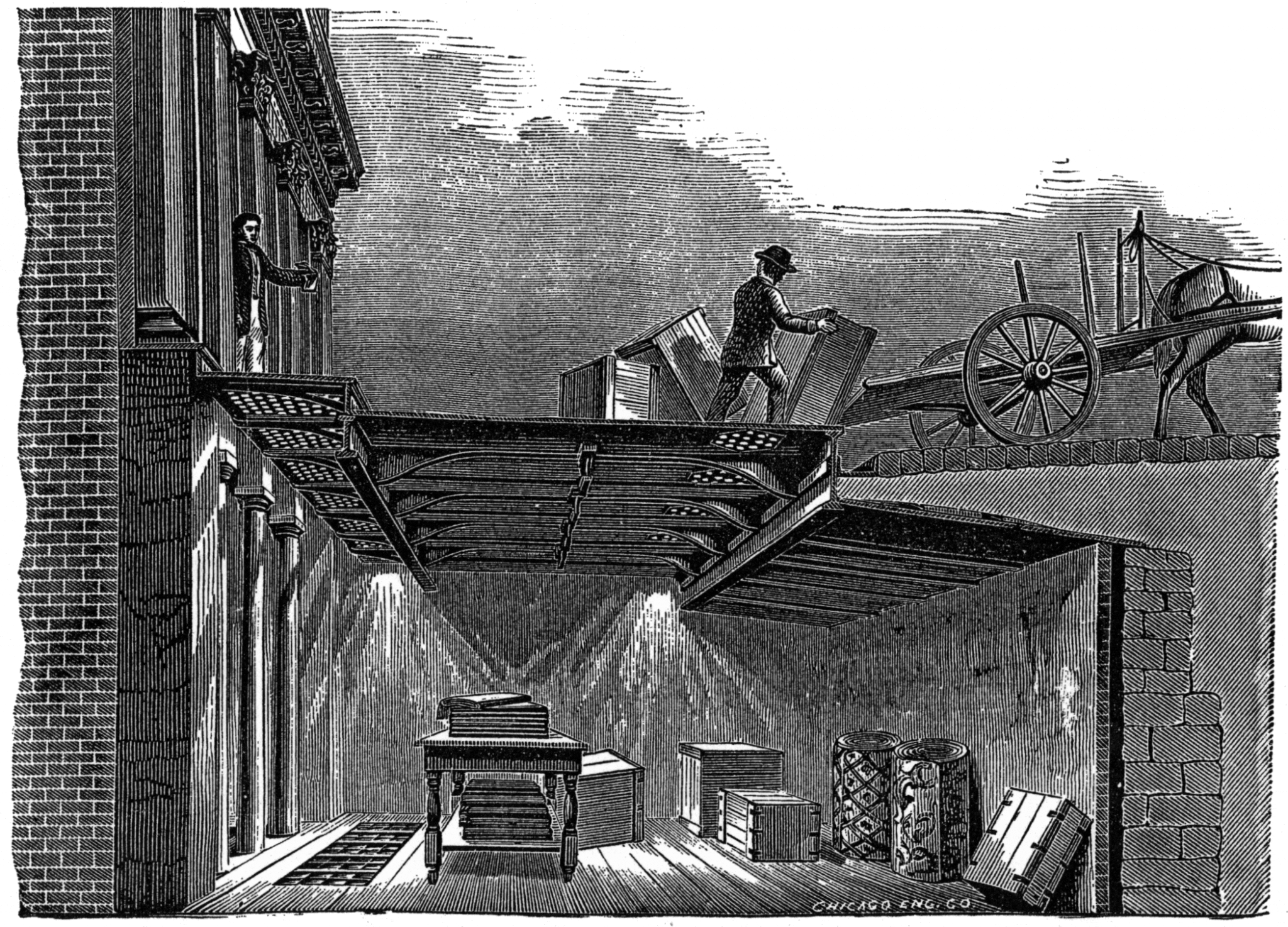
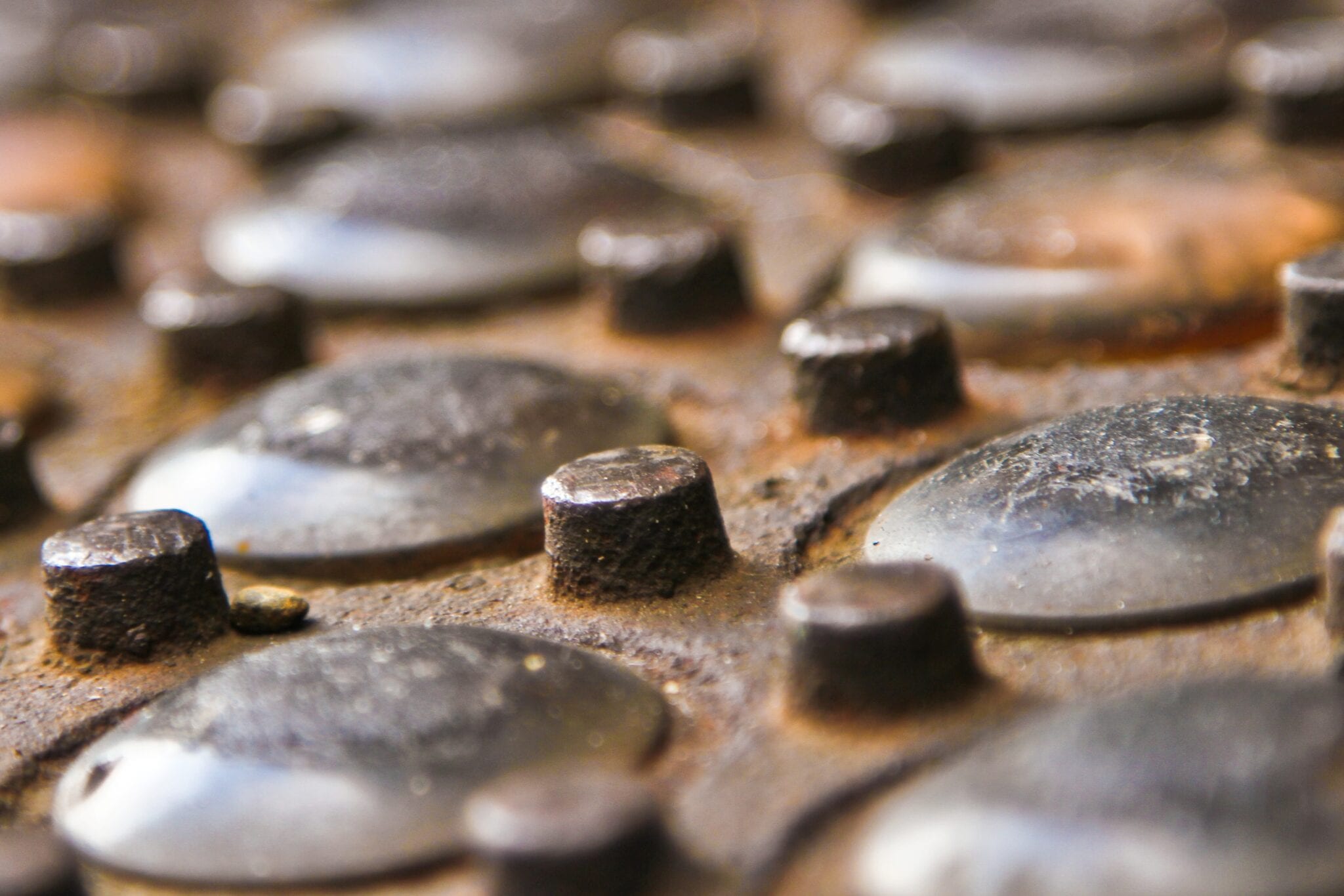
the gallery of images provided here capture materials integral to sculpting soho, from ornament at a building’s cornice to the slabs of stone comprising the sidewalks.
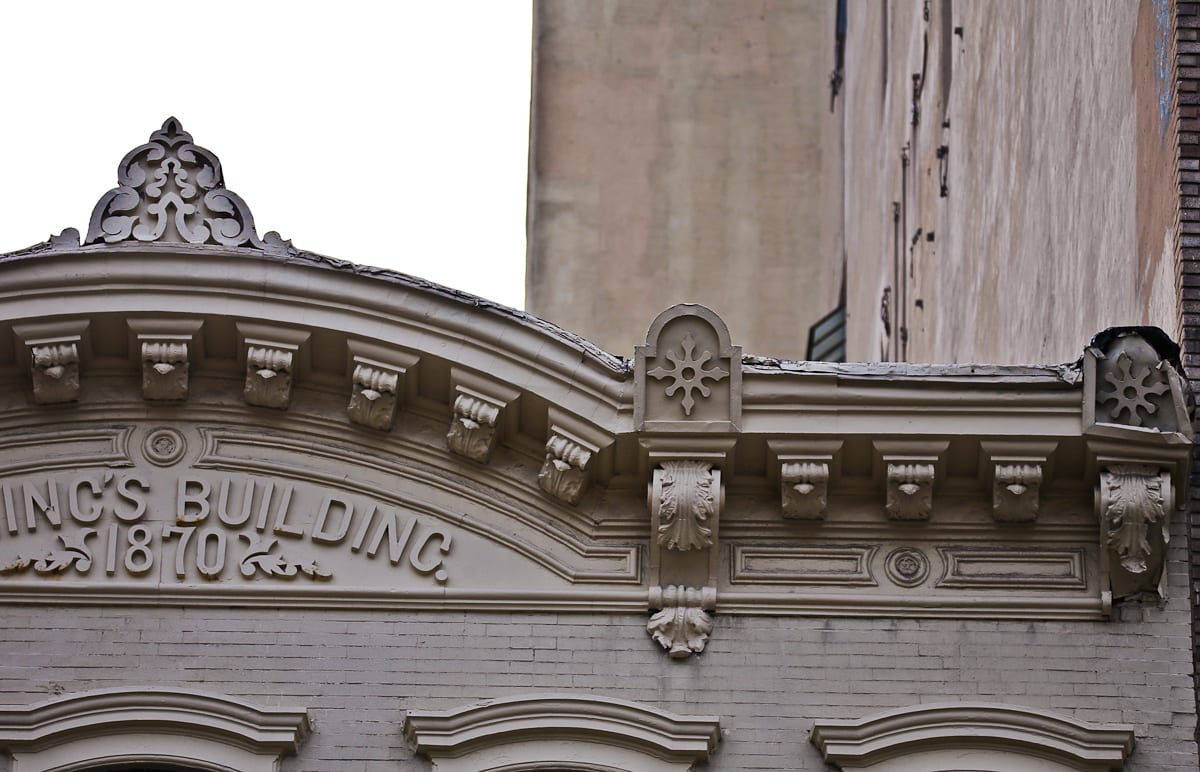
additional images covering "soho" will be included in a future blog post.
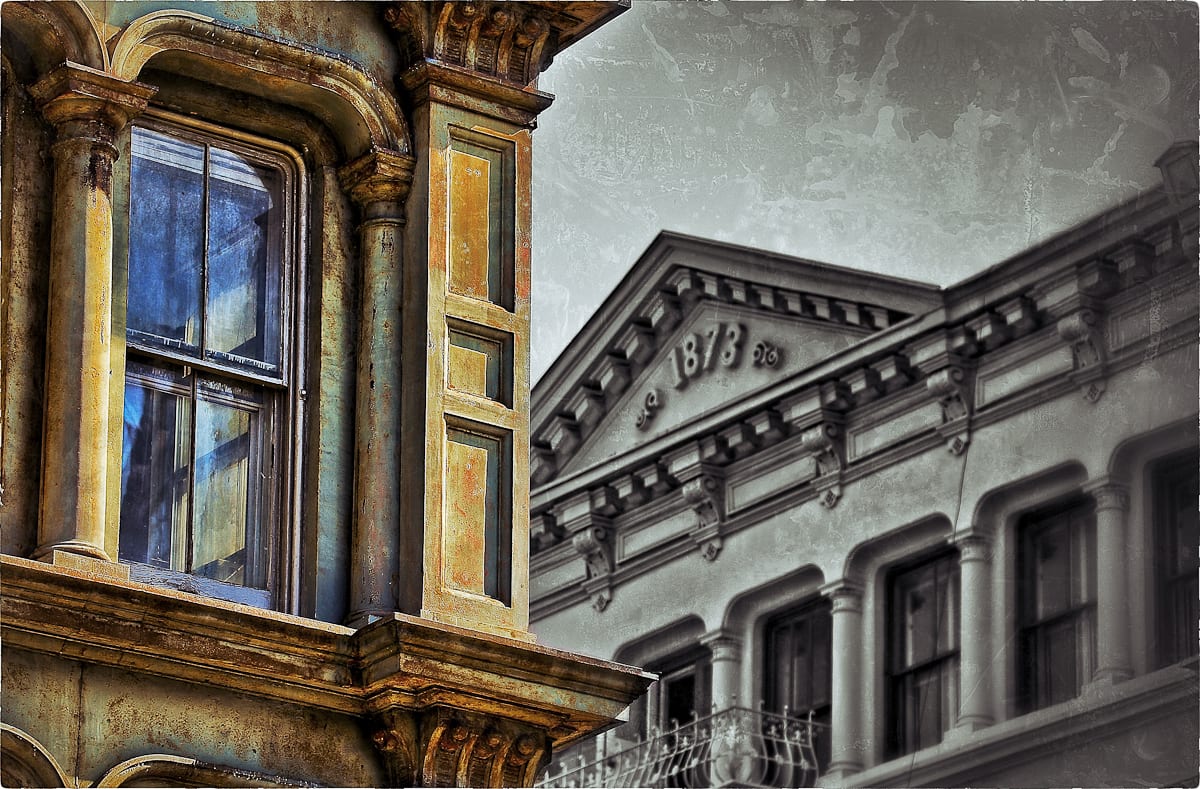
This entry was posted in , Miscellaneous, Bldg. 51, Events & Announcements, Featured Posts, Bldg. 51 Feed & Travel on October 5 2016 by Eric
WORDLWIDE SHIPPING
If required, please contact an Urban Remains sales associate.
NEW PRODUCTS DAILY
Check back daily as we are constantly adding new products.
PREMIUM SUPPORT
We're here to help answer any question. Contact us anytime!
SALES & PROMOTIONS
Join our newsletter to get the latest information

